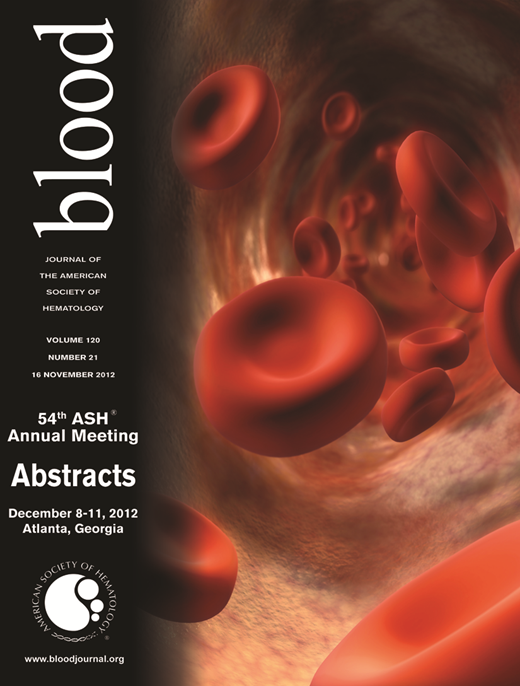Abstract
Abstract 5146
Nitric oxide (NO), a small gas molecule with multiple functions in the body, has been shown to have several precursors in body, the most abundant of which is nitrite. In the last decade several studies show that nitrite is reduced to NO by various enzymatic and non-enzymatic reductive processes, especially at low oxygenation conditions. These pathways are alternative mammalian sources of NO as compared to its enzymatic production by a family of nitric oxide synthase enzymes (NOS). NO has long been known to be a potent inhibitor of platelet function but the physiological and pathological implications of this has not been well clarified. We recently showed that addition of nitrite into plasma in the presence of red blood cells inhibits platelet aggregation and that this effect, as measured by cGMP production is enhanced by deoxygenation of erythrocytes. In order to study these effects more thoroughly on the molecular level, we have been developing flow-cytometric assays to study molecular processes on the platelet cell membrane known to correlate with platelet aggregation. We focused on P-selectin (CD62P) and activated GpIIb/IIIa (PAC-1) levels in platelets exposed to three activators, ADP, collagen and thrombin, in the presence of various concentrations of red blood cells and at variable levels of oxygen. We found that nitrite at physiological concentration (0. 1 to 1. 0 uM) significantly inhibited exposure of both of these surface markers on the outer membrane of platelets at levels of hematocrit above 23% and mean oxygen levels lower than 49 mmHg. The effect increased with increasing hematocrit and decreasing oxygen saturation into the hypoxic range. Addition of an NO scavenger prevented nitrite-related platelet inhibition, but addition of an inhibitor of NOS or of xanthine oxidoreductase had no effect. These results indicate that physiological levels of nitrite ions in the blood can modulate platelet reactivity in the presence of partially deoxygenated erythrocytes by the reduction to NO and that this process can modulate platelet activation and aggregation levels and confirm and extend our previous report (Srihirun et al, PLoS One 7, e30380, 2012), done primarily using aggregation assays. Our flow cytometry assays not only allows a more detailed and systematic study of the kinetics and equilibrium aspects of the aggregation process, but also offers a possibility to identify the individual molecular processes involved in these effects. The results may also explain certain differences between arterial and venous thrombosis.
Schechter:NIH: Employment, co-inventor of NIH patent on use of nitrite in disease, co-inventor of NIH patent on use of nitrite in disease Patents & Royalties.
Author notes
Asterisk with author names denotes non-ASH members.

